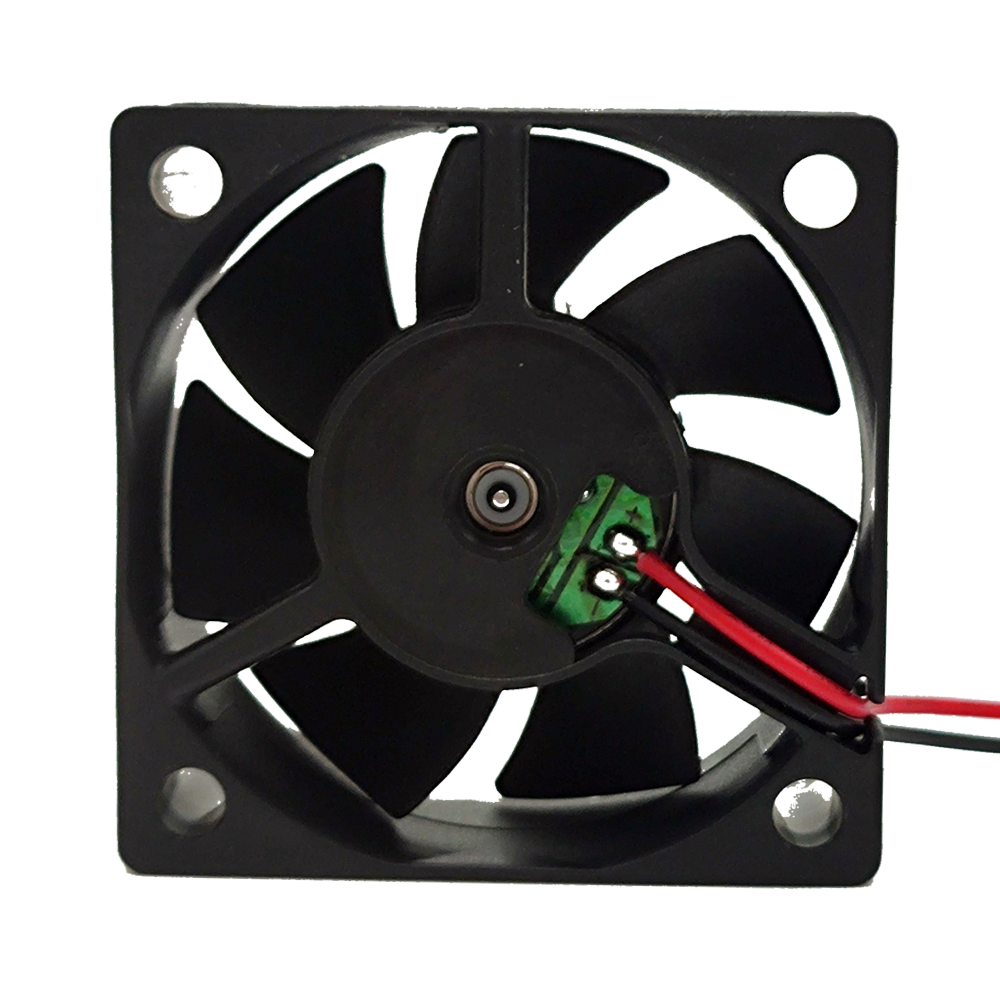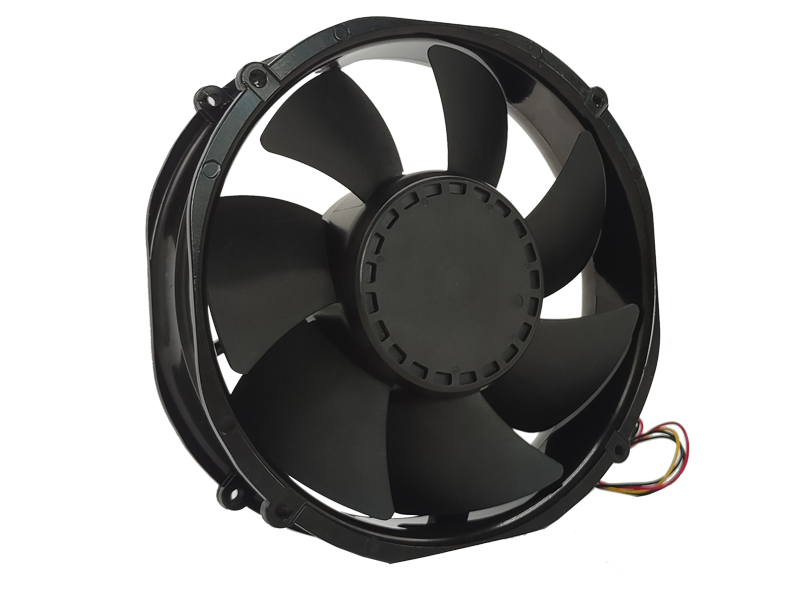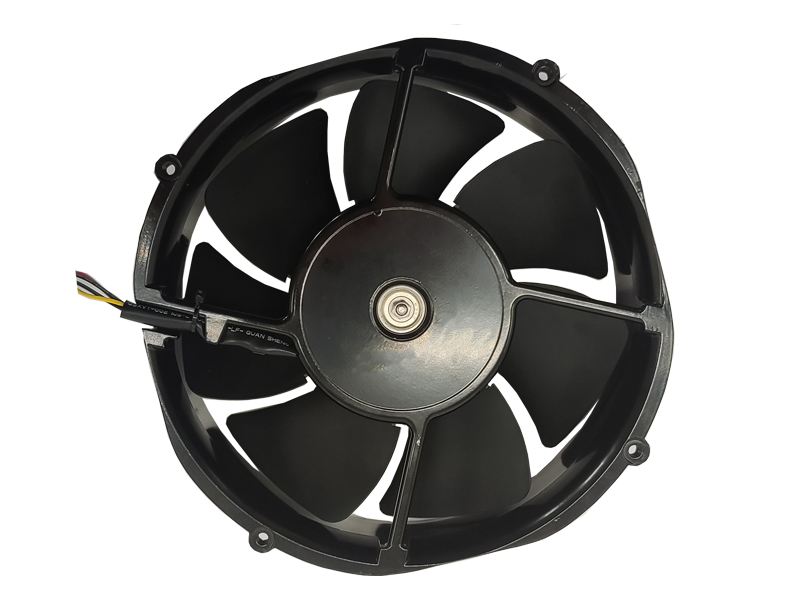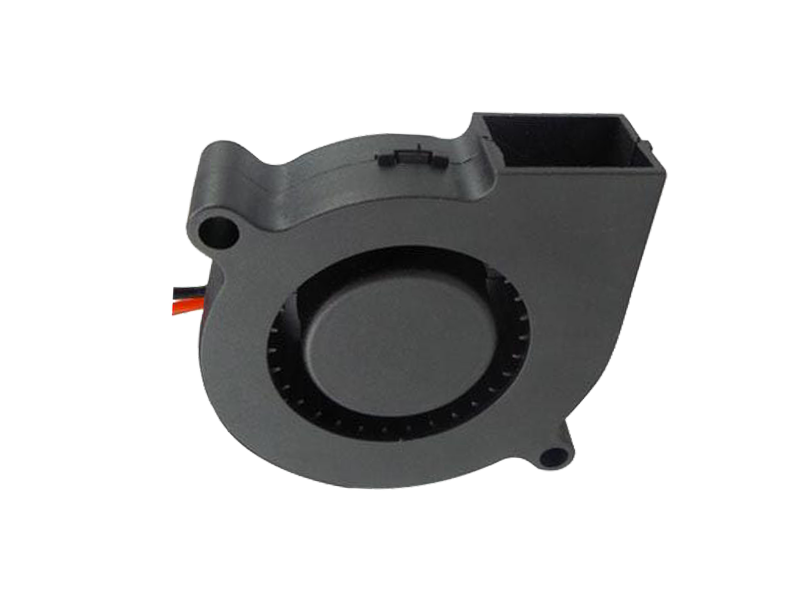The industrial fan industry has undergone significant transformations in recent years, thanks to advancements in technology and increasing demands for energy efficiency, sustainability, and automation. As industries evolve, so do the needs for more sophisticated and adaptable airflow solutions. This article delves into the future of industrial fans, highlighting innovations and trends that are shaping the industry and improving their performance and efficiency.
1. Introduction
Industrial fans have been essential tools for decades, providing ventilation, cooling, and air circulation across various industries. However, the growing emphasis on sustainability, energy efficiency, and automation has led to significant advancements in fan technology. These innovations promise to make industrial fans smarter, more energy-efficient, and capable of integrating seamlessly into modern industrial systems.
2. Smart Industrial Fans
One of the most exciting developments in industrial fan technology is the rise of "smart" fans. These fans are equipped with sensors, data analytics, and communication systems that allow them to operate more efficiently and respond to real-time changes in environmental conditions.
For example, smart industrial fans can monitor factors such as temperature, humidity, and airflow and automatically adjust their speed to optimize performance. By integrating with building management systems (BMS) and Internet of Things (IoT) technologies, smart fans can provide valuable data to facility managers, enabling predictive maintenance, performance monitoring, and energy optimization.
This smart technology allows for more precise control over airflow, leading to energy savings and extended equipment lifespan. Additionally, real-time monitoring helps detect potential issues before they lead to system failures, reducing downtime and maintenance costs.
3. Energy-Efficient and Eco-Friendly Fans
As industries strive to reduce their carbon footprint and operating costs, energy-efficient industrial fans have become a top priority. Newer fan models are designed with energy-saving technologies, such as high-efficiency motors, optimized blade designs, and variable-speed drives (VSDs) that adjust fan speeds based on demand.
Variable-speed technology allows fans to operate at different speeds depending on the specific requirements of the environment, ensuring that energy is not wasted. For example, during low-demand periods, the fan speed can be reduced, conserving energy without compromising performance.
Furthermore, the use of more sustainable materials and manufacturing processes is contributing to the eco-friendliness of industrial fans. The shift towards recyclable materials and energy-efficient components reduces the environmental impact of fan production and operation, making these fans more sustainable in the long term.
4. Noise Reduction and Quiet Operation
In many industrial settings, noise pollution can be a significant concern. High noise levels can lead to hearing damage, stress, and decreased productivity among workers. Innovations in fan design have focused on reducing noise levels without sacrificing performance.
Modern industrial fans are designed with quieter motors, sound-dampening materials, and optimized blade shapes that reduce air turbulence and noise. These fans are ideal for applications where noise reduction is essential, such as in office buildings, hospitals, and research facilities.

Low-noise fans also help create a more comfortable and productive work environment, promoting employee well-being and enhancing overall operational efficiency.
5. Integration with Renewable Energy Systems
As the world moves towards renewable energy sources, industrial fans are increasingly being integrated with solar power and other renewable energy systems. In some industrial applications, solar-powered fans are being used to provide sustainable ventilation and cooling solutions, reducing dependence on grid electricity.
In addition, advanced energy storage systems can store excess energy generated by renewable sources, allowing fans to operate efficiently during peak demand hours or when renewable energy generation is low. This integration of renewable energy with industrial fan systems helps businesses reduce their environmental impact and lower energy costs.
6. Conclusion
The future of industrial fans is shaped by technological advancements that focus on energy efficiency, sustainability, and smart automation. As industries continue to evolve, the demand for more intelligent, environmentally friendly, and cost-effective airflow solutions will drive further innovation in the fan industry. By adopting these new technologies, businesses can improve their operational efficiency, reduce their environmental footprint, and create safer and more comfortable working conditions for their employees. The industrial fan of the future is not just a tool for moving air; it is an integral part of a sustainable, intelligent, and connected industrial ecosystem.
Recommended Products

The main purpose:Car charging station

The main purpose:Car charging station

The main purpose:Electronic refrigerators, water dispensers, direct drinking machines, inverter power supplies
Address:No. 4137, Longgang Avenue (Henggang Section), Henggang Community, Henggang Street, Longgang District, Shenzhen
hotline:13530005572(Chen)15112579390(Li)


Welcome all friends to come for consultation and negotiation.
Copyright 2024 @ Shenzhen Youneng Xinyuan Electronics Co., Ltd.,(industrial fans,industrial blowers,axial fans,cooling fans manufacturer,centrifugal fans,ac cooling fans,dc cooling fans)